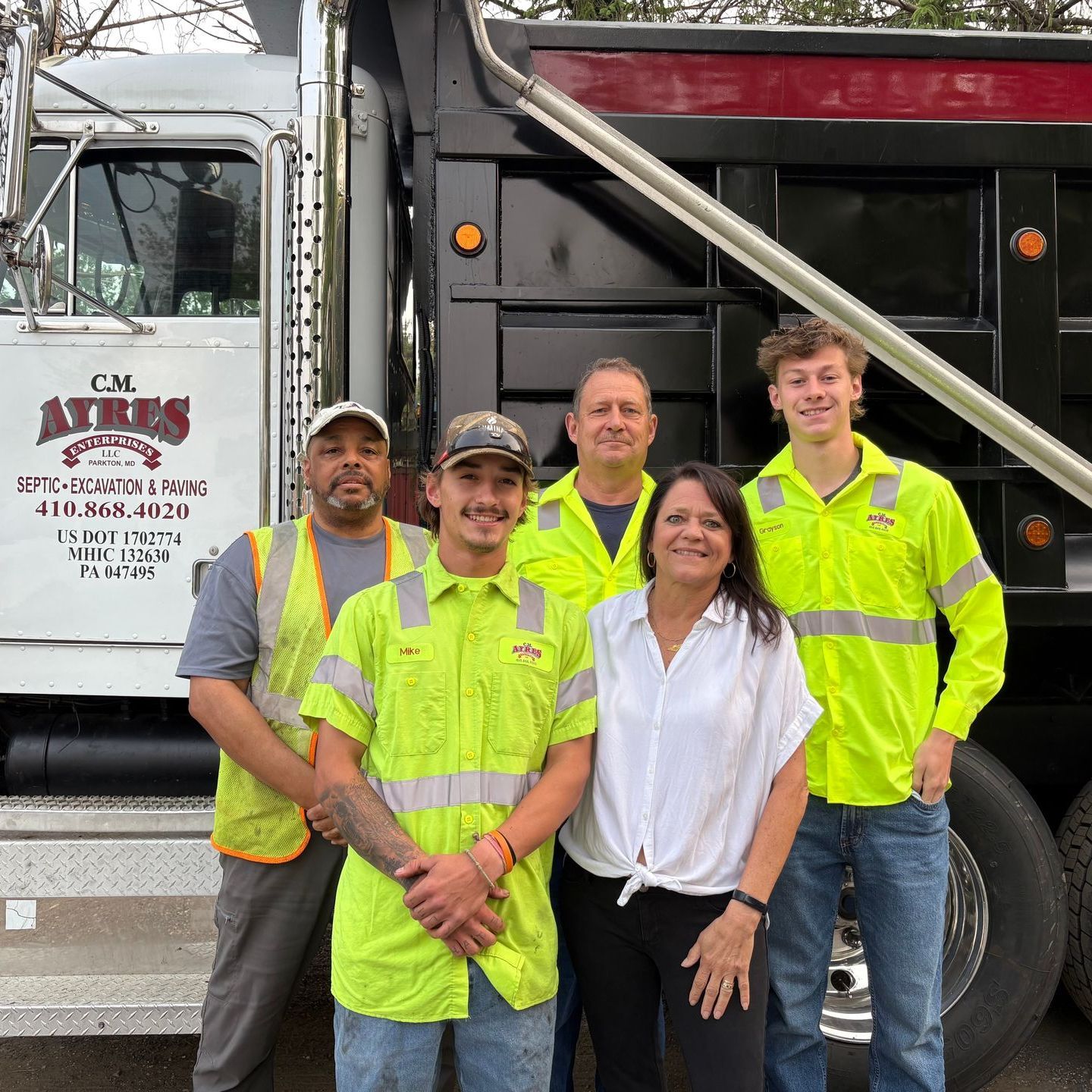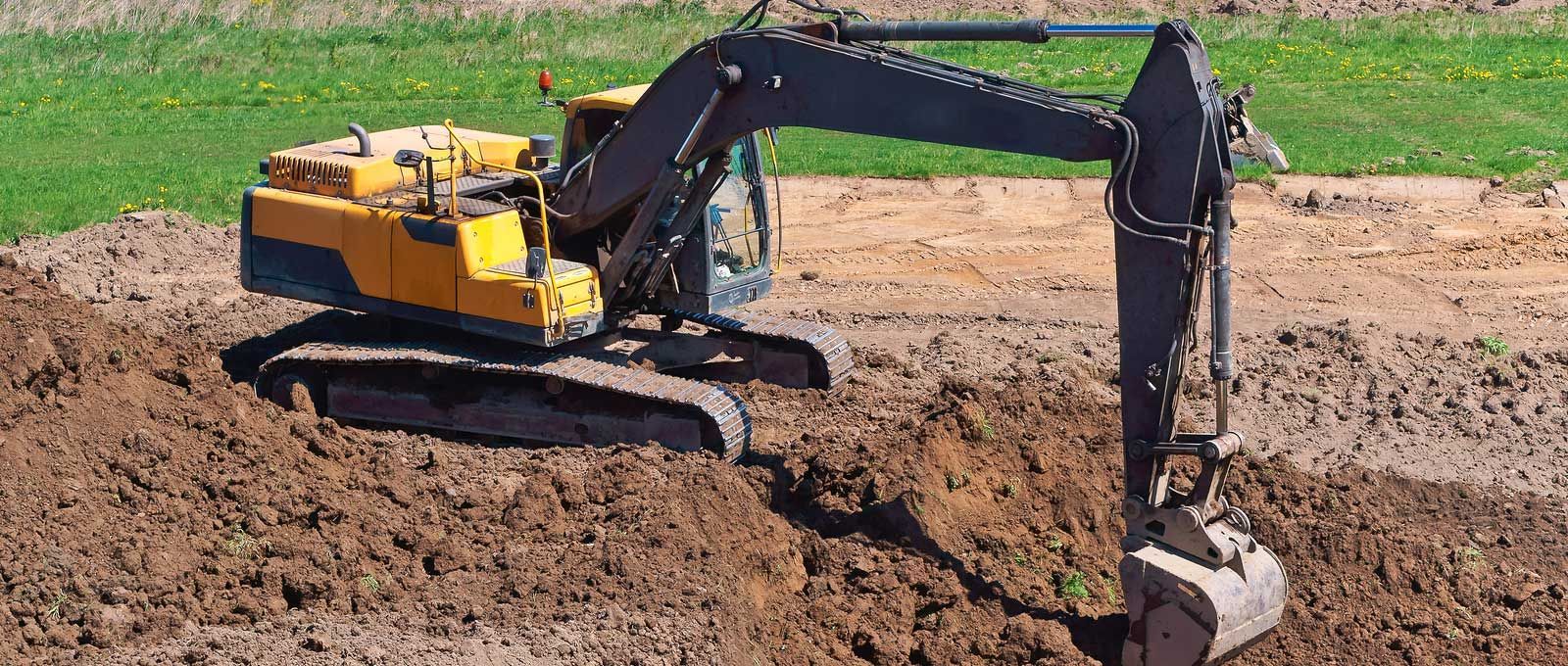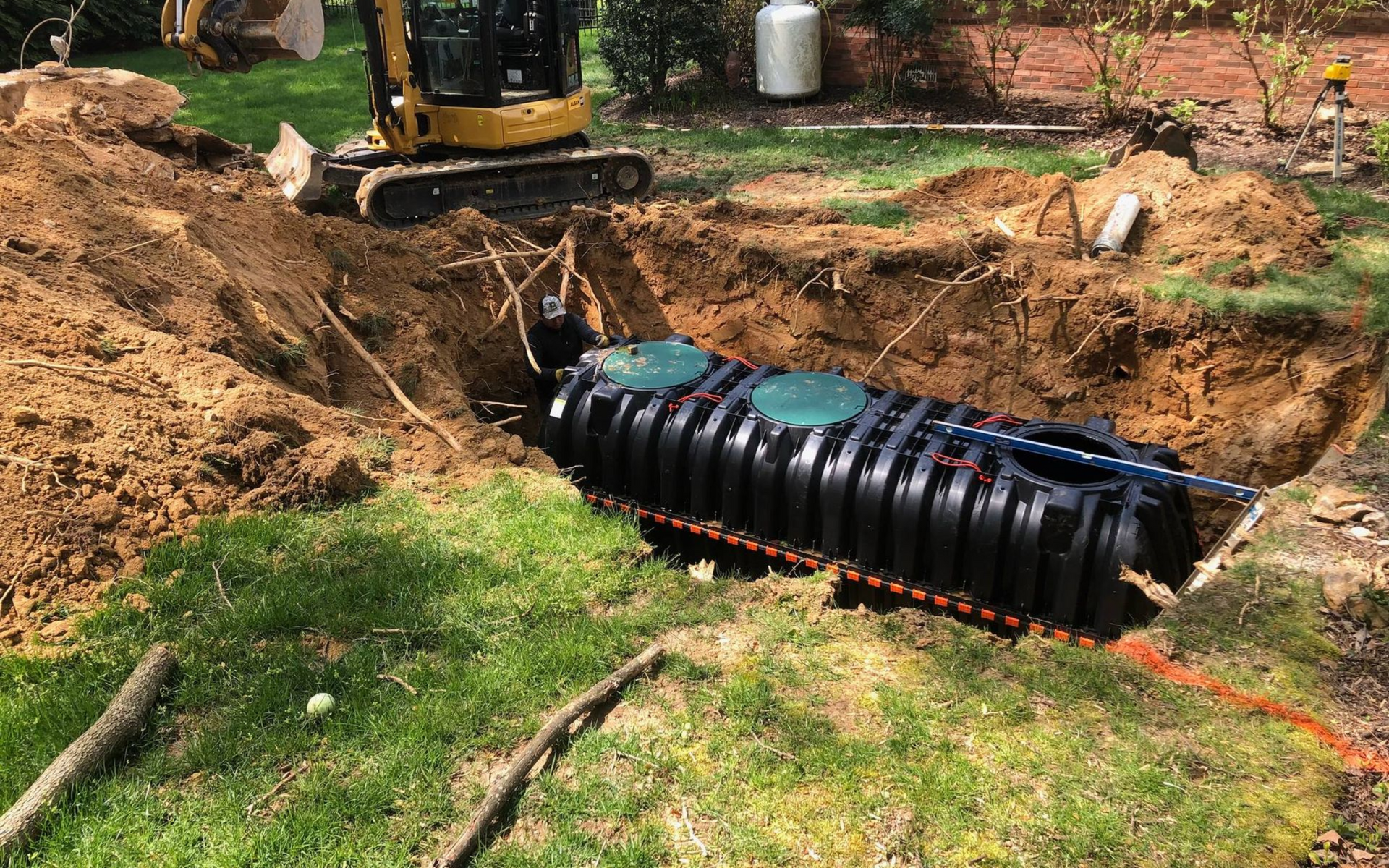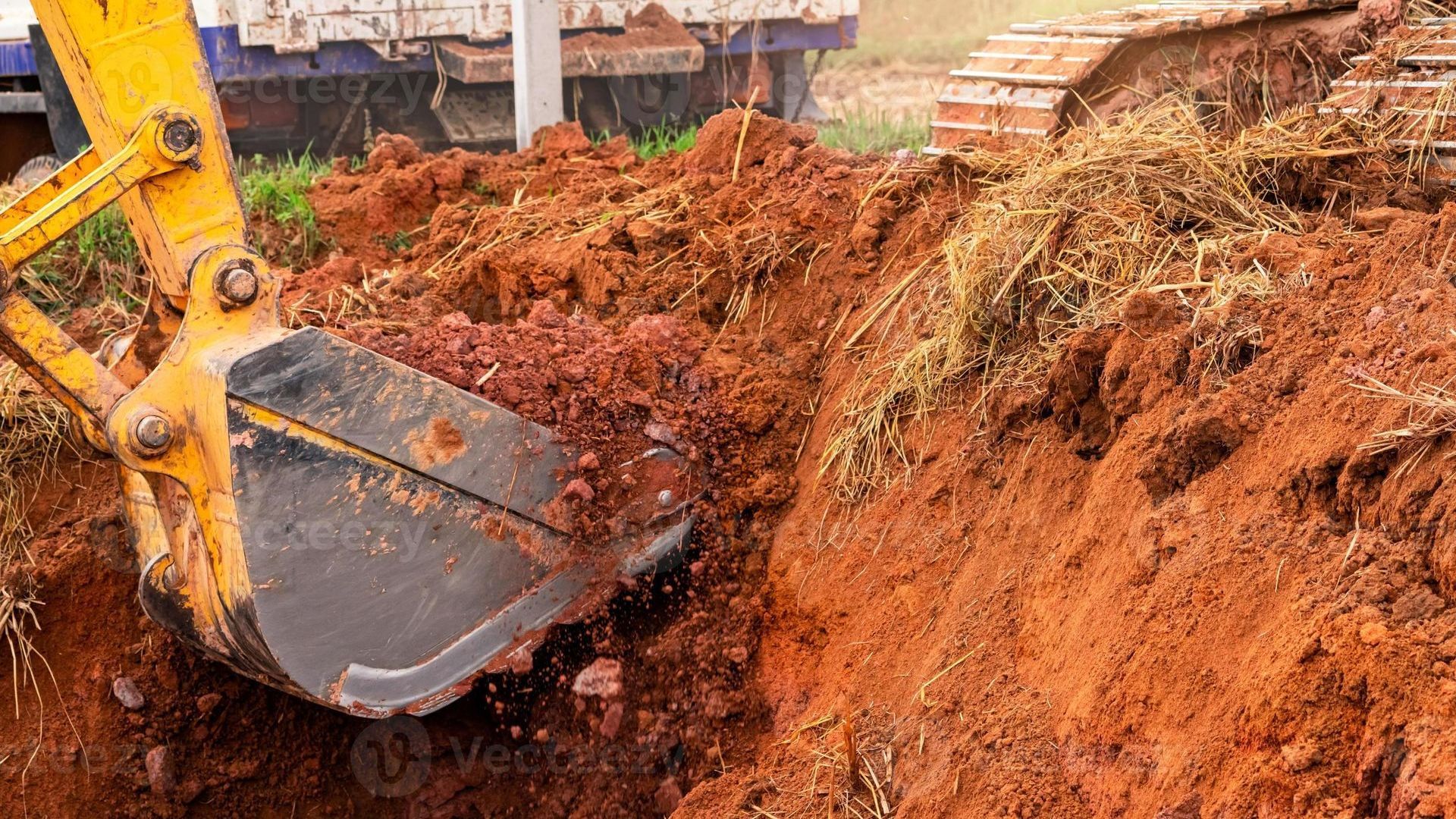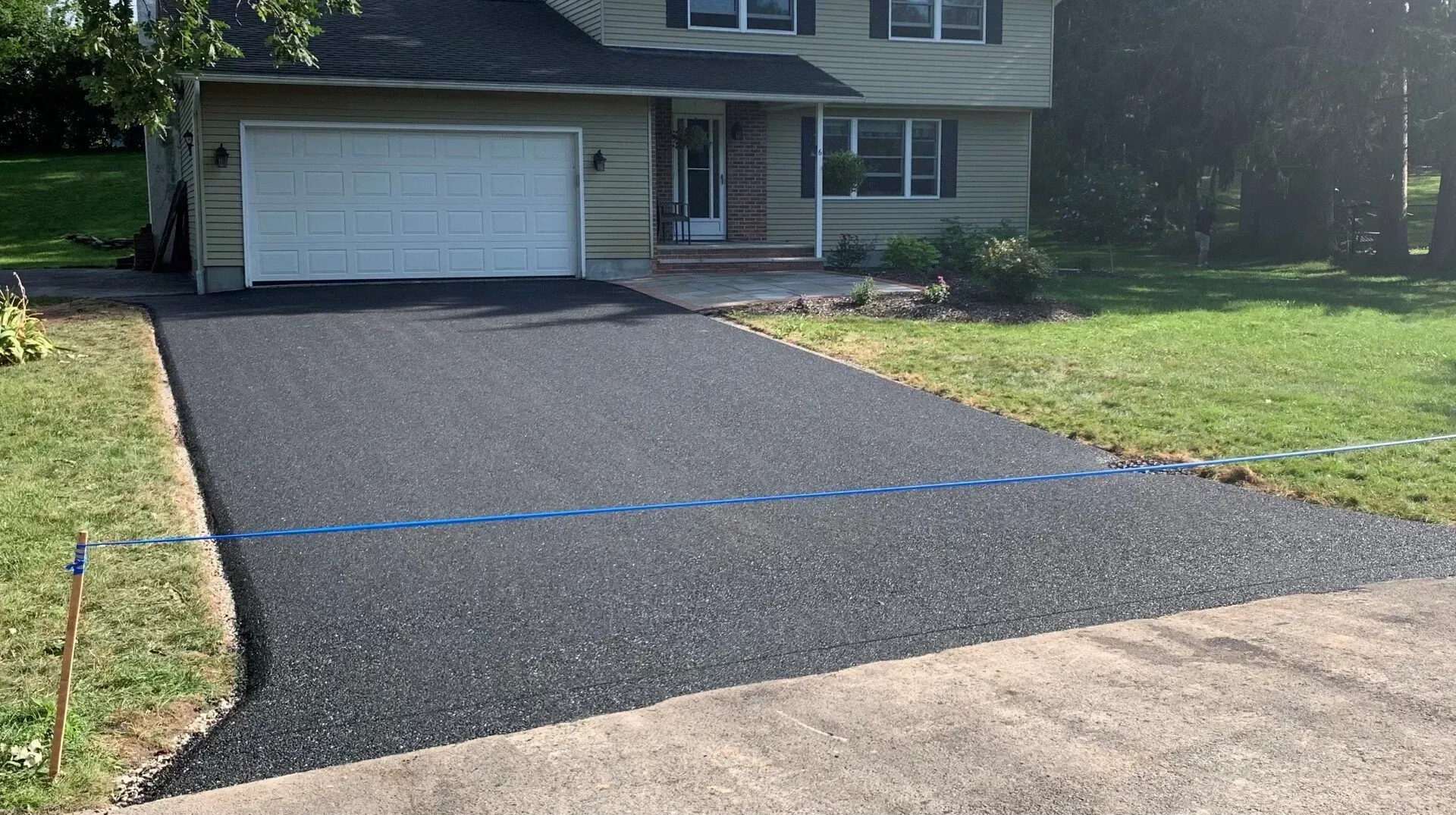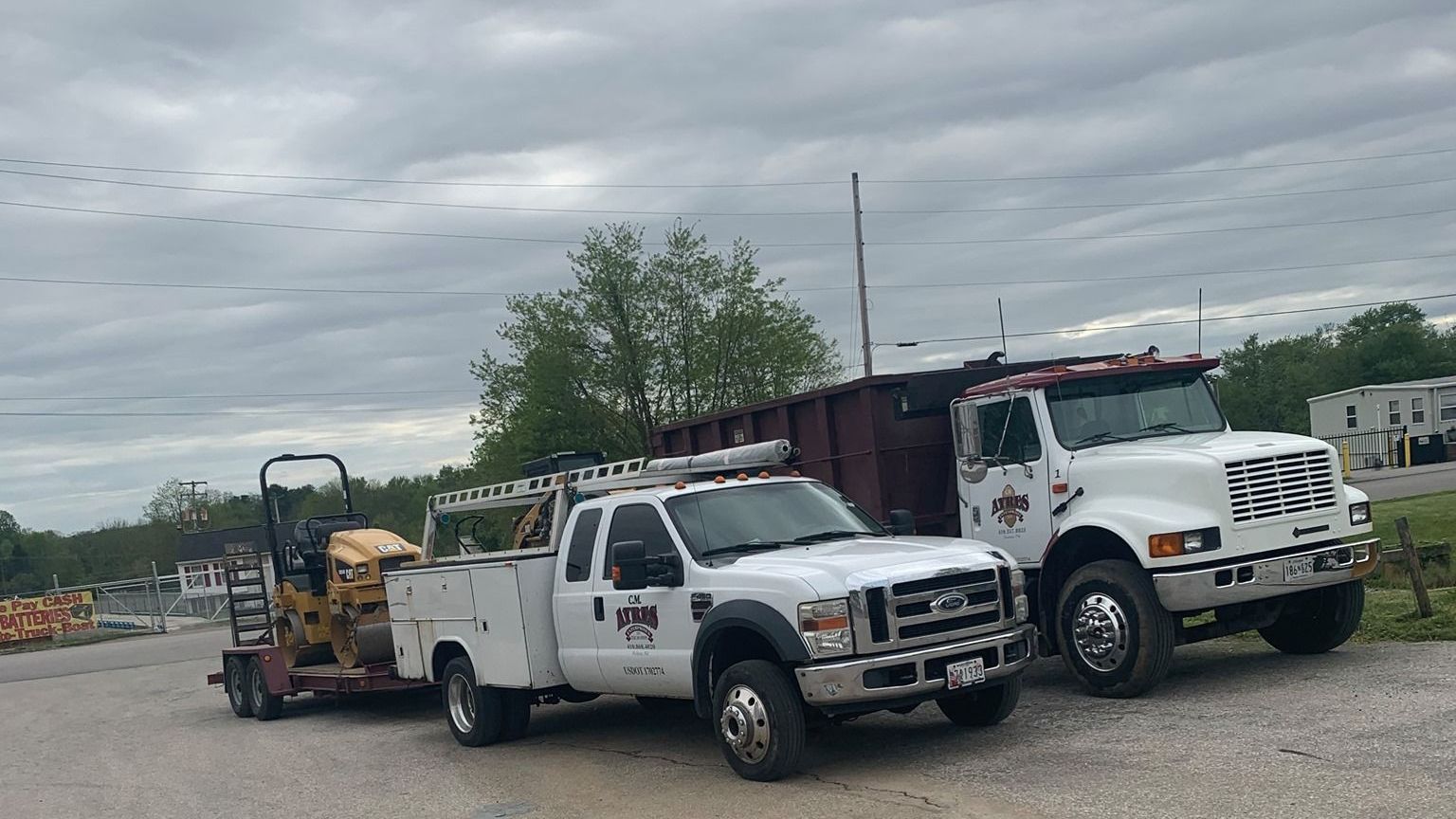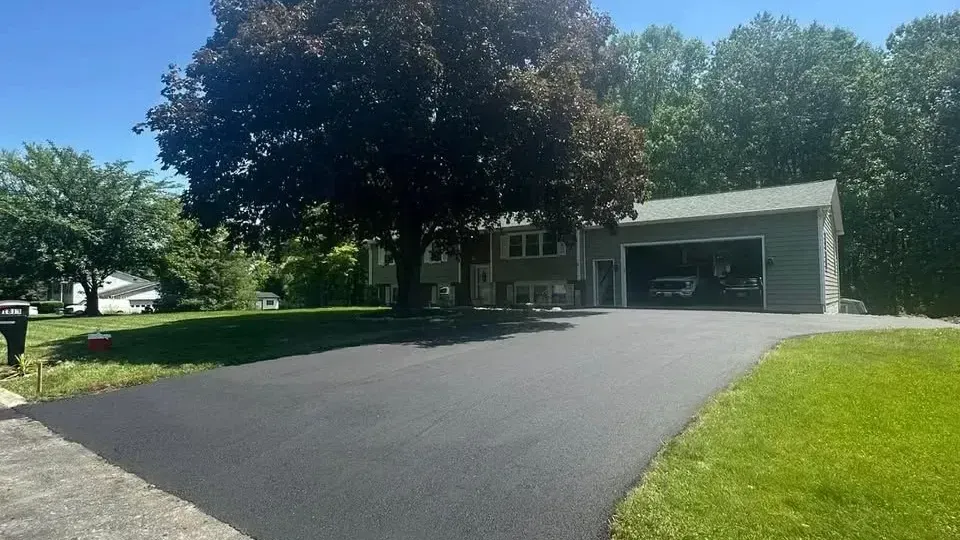Can Sealcoating Fix Cracks? What It Can and Can’t Do for Your Driveway
The Role of Sealcoating in Protecting Driveways in Maryland
Your asphalt driveway is constantly exposed to the elements, and over time, small cracks are almost inevitable. Homeowners often wonder if sealcoating can solve the problem—or if more extensive driveway crack repair is needed. The truth is that sealcoating in Maryland plays a critical role in protecting your driveway, but its capabilities are often misunderstood.
What Sealcoating Actually Does
Sealcoating is a thin, protective layer applied to your asphalt driveway to shield it from UV rays, water, salt, and chemicals. This layer:
- Slows down oxidation and fading
- Protects against minor water penetration
- Improves the driveway’s appearance with a sleek, black finish
However, it’s important to note that sealcoating is primarily preventative. It does not repair structural damage or deep cracks. Its main purpose is to extend the life of your asphalt driveway and reduce the risk of future problems.
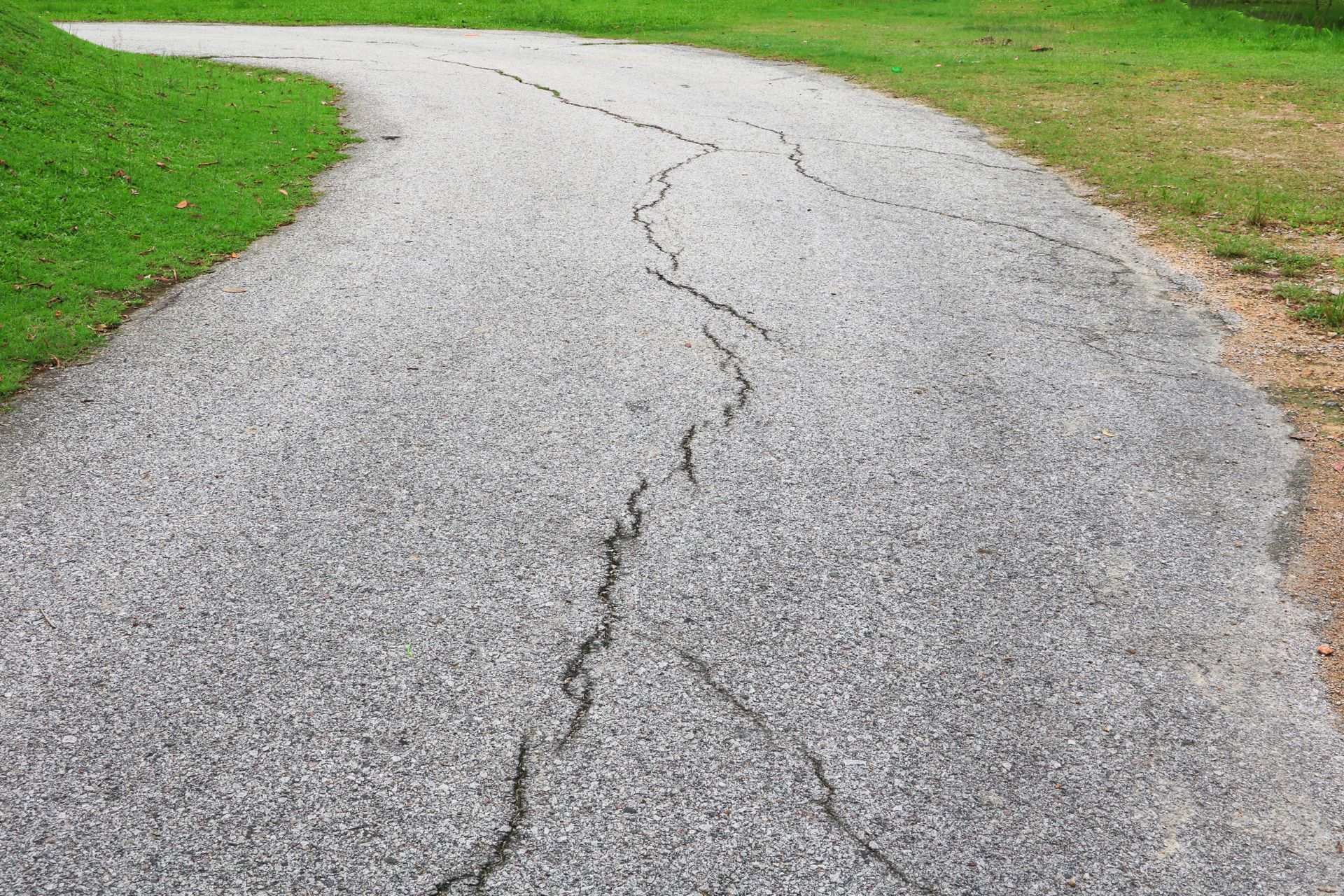
Driveway Cracks Maryland Homeowners Should Watch For
Before deciding whether sealcoating will help, it’s important to understand the types of cracks you may see:
- Hairline cracks – Small, shallow cracks caused by normal aging or minor weather exposure.
- Alligator cracks – Groups of small, interconnected cracks that resemble alligator skin, usually a sign of underlying structural issues.
- Edge cracks – Cracks that form along the edges of the driveway due to poor drainage or soil movement.
- Potholes or deep cracks – These indicate more serious asphalt damage and often require professional repair.
In Maryland, freeze-thaw cycles and heavy rain are common culprits behind driveway cracking. Ignoring early damage can allow water to penetrate the surface, which expands in winter, making the problem worse.
Can Sealcoating Fix Cracks?
Sealcoating can help—but only to a point. Here’s what you need to know:
- Effective for hairline cracks: Sealcoating can fill and mask tiny surface cracks, preventing water and debris from entering.
- Not effective for larger cracks or potholes: Anything deeper than 1/4 inch requires crack filling or professional asphalt repair in Maryland before applying a sealcoat.
- Best used as part of a maintenance plan: Sealcoating should be the finishing step after any necessary repairs, not a replacement for them.
Think of sealcoating as sunscreen for your driveway—it protects the surface, but it doesn’t reverse existing damage.
How to Prepare Your Driveway for Sealcoating
To get the most out of asphalt driveway sealcoating, preparation is key:
- Clean the surface thoroughly – Remove dirt, oil, and debris.
- Repair larger cracks and potholes first – Use professional driveway crack repair for lasting results.
- Ensure dry, mild weather conditions – Sealcoating is most effective during warm, dry days in spring or summer.
- Schedule regular maintenance – Most Maryland driveways benefit from sealcoating every 2–3 years.
Following these steps will ensure the sealcoat adheres properly and provides maximum protection.
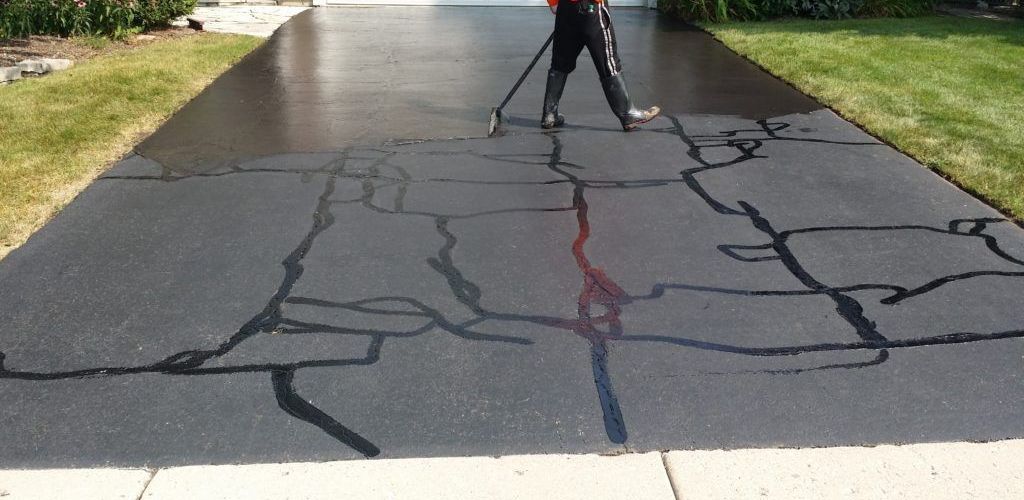
Why Professional Sealcoating in Maryland Matters
DIY sealcoating kits might seem convenient, but they often lead to uneven coverage, missed cracks, and short-lived results. Professional contractors like CM Ayres provide:
- Proper surface preparation and crack filling
- High-quality materials that last longer
- Expert application for a smooth, uniform finish
By hiring professionals, you ensure your driveway gets both protection and the necessary repairs to extend its life.
Conclusion
Sealcoating is a powerful tool for driveway maintenance, but it’s not a one-stop solution for cracks. While it can fill small surface cracks and prevent future damage, larger cracks and potholes need proper repair first.
If you want to protect and extend the life of your driveway in Maryland, CM Ayres offers expert asphalt repair, crack filling, and sealcoating services. Contact us today to schedule an inspection and keep your driveway looking its best for years to come.
